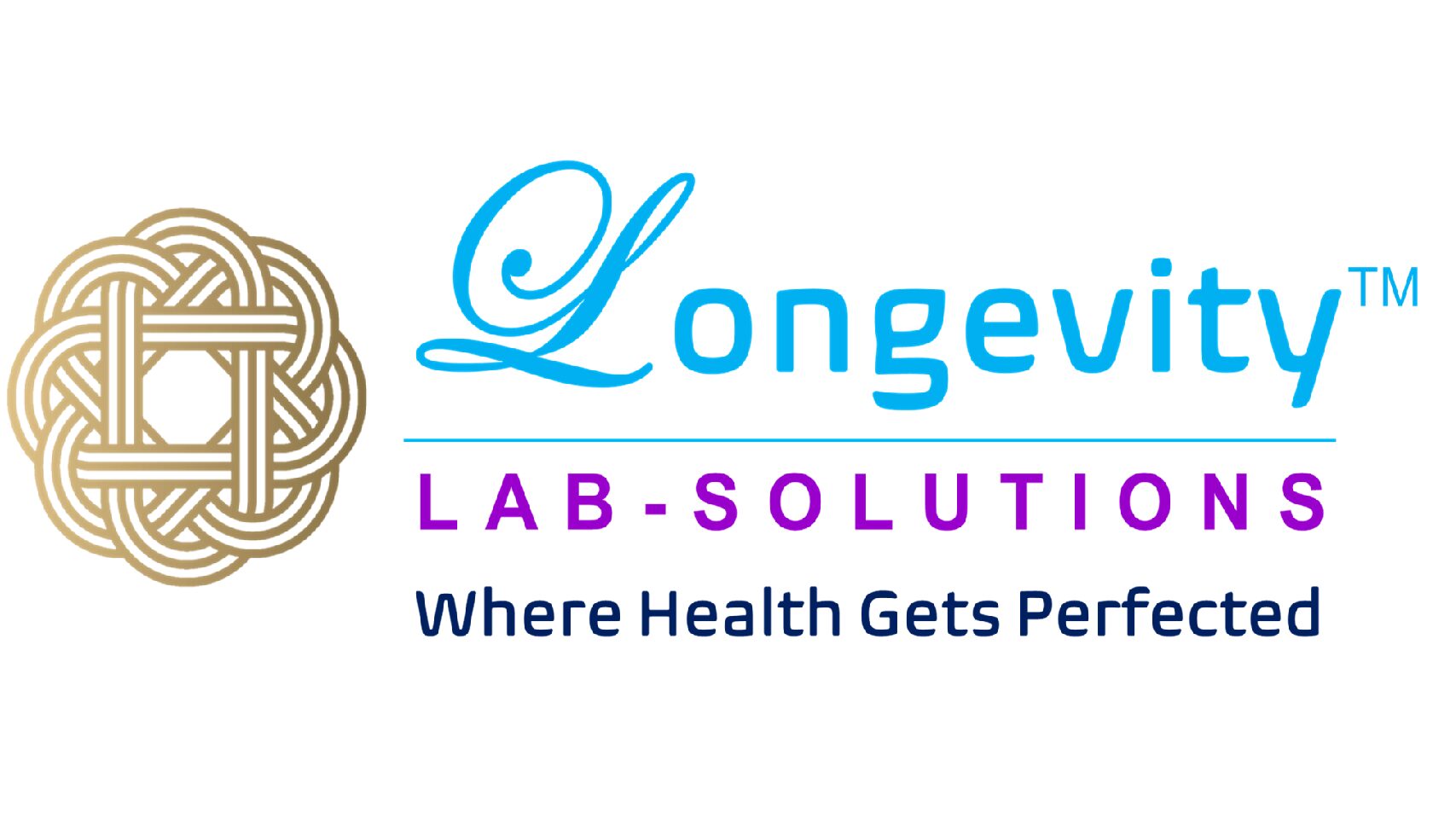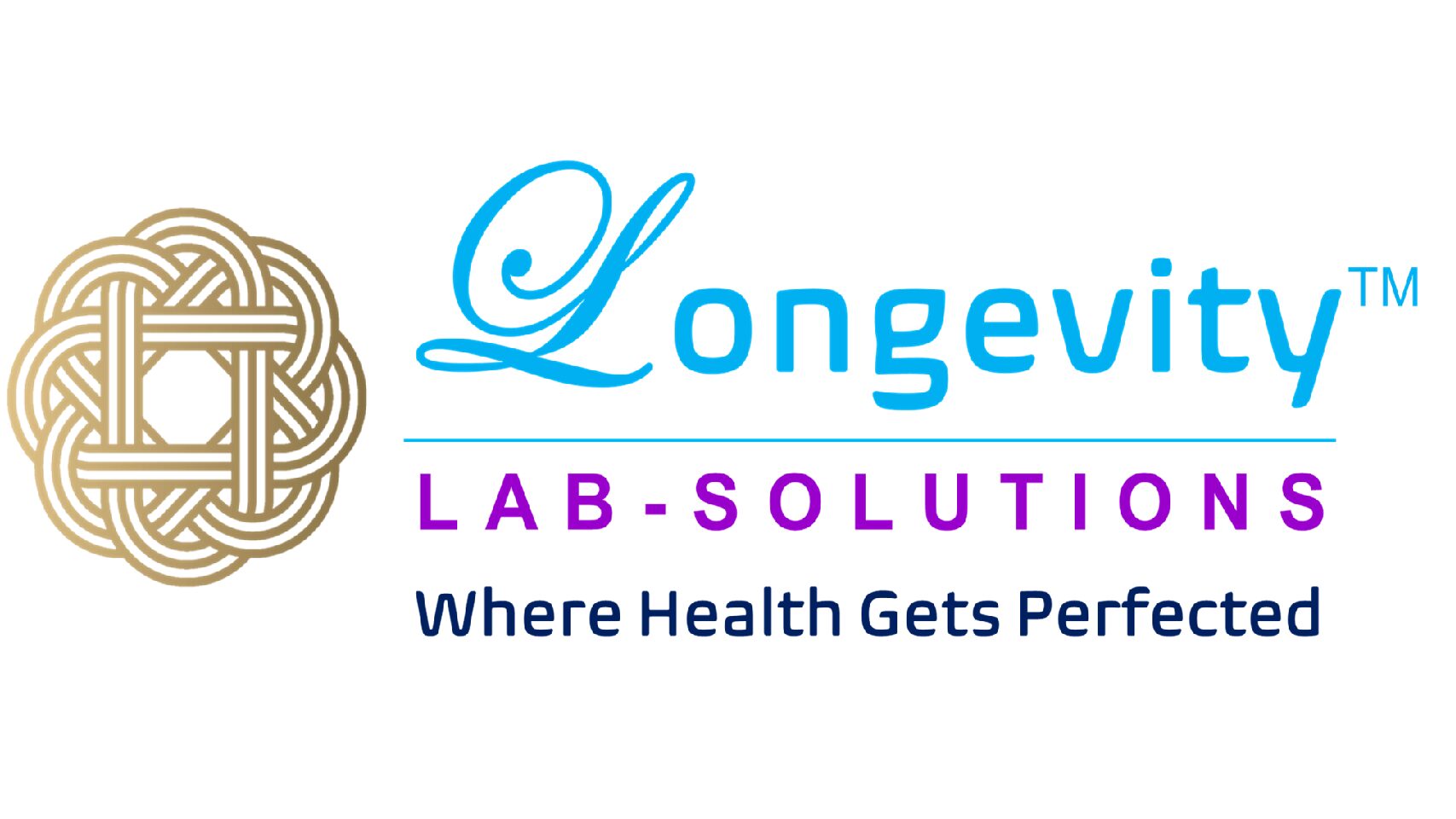Longevity Alzheimer’s Disease DNA Test
$99.00
Apolipoprotein E (ApoE) is a protein involved in the transport and metabolism of lipids in the body, including cholesterol. There are three main isoforms of the ApoE protein: ApoE2, ApoE3, and ApoE4, encoded by different alleles of the APOE gene. Among these isoforms, ApoE4 is recognized as a major genetic risk factor for Alzheimer’s disease (AD).
Carrying one copy of the ApoE4 allele (heterozygous) increases the risk of developing Alzheimer’s disease, while having two copies (homozygous) further elevates the risk. Individuals with the ApoE4 allele tend to develop Alzheimer’s disease at an earlier age compared to those without the allele, and they are more likely to develop a more aggressive form of the disease.
Research shows that ApoE4 may promote the accumulation of beta-amyloid plaques, a hallmark feature of AD, by impairing the clearance of beta-amyloid from the brain. Additionally, ApoE4 has been implicated in disrupting synaptic function, promoting neuroinflammation, and impairing mitochondrial function, all of which contribute to neuronal dysfunction and neurodegeneration in Alzheimer’s disease.
Longevity Alzheimer’s Disease DNA Test: APOE4 (Apolipoprotein E4) Allele Testing
Description
About the Test
The most common type of Alzheimer’s disease usually begins after age 65 (late-onset Alzheimer’s disease). The most common gene associated with late-onset Alzheimer’s disease is a risk gene called apolipoprotein E (APOE).
Apolipoprotein E (ApoE) is a protein involved in the transport and metabolism of lipids in the body, including cholesterol. There are three main isoforms of the ApoE protein: ApoE2, ApoE3, and ApoE4, encoded by different alleles of the APOE gene. Among these isoforms, ApoE4 is recognized as a major genetic risk factor for Alzheimer’s disease (AD).
Carrying one copy of the ApoE4 allele (heterozygous) increases the risk of developing Alzheimer’s disease, while having two copies (homozygous) further elevates the risk. Individuals with the ApoE4 allele tend to develop Alzheimer’s disease at an earlier age compared to those without the allele, and they are more likely to develop a more aggressive form of the disease.
Research shows that ApoE4 may promote the accumulation of beta-amyloid plaques, a hallmark feature of AD, by impairing the clearance of beta-amyloid from the brain. Additionally, ApoE4 has been implicated in disrupting synaptic function, promoting neuroinflammation, and impairing mitochondrial function, all of which contribute to neuronal dysfunction and neurodegeneration in Alzheimer’s disease.
Longevity Alzheimer’s Disease DNA Test: APOE4 (Apolipoprotein E4) Allele Testing
Overview
The most common type of Alzheimer’s disease usually begins after age 65 (late-onset Alzheimer’s disease). The most common gene associated with late-onset Alzheimer’s disease is a risk gene called apolipoprotein E (APOE).
APOE has three common forms:
APOE e2 — the least common — appears to reduce the risk of Alzheimer’s
APOE e4 — a little more common — increases the risk of Alzheimer’s
APOE e3 — the most common — doesn’t seem to affect the risk of Alzheimer’s
Genes
1 Gene
APOE
Disorders
- Risk for Late Onset Alzheimer’s Disease
Gene Function
Because you inherit one APOE gene from your mother and another from your father, you have two copies of the APOE gene. Having at least one APOE e4 gene increases your risk of developing Alzheimer’s disease. If you have two APOE e4 genes, your risk is even higher.
But not everyone who has one or even two APOE e4 genes develops Alzheimer’s disease. And the disease occurs in many people who don’t even have an APOE e4 gene, suggesting that the APOE e4 gene affects risk but is not a cause. Other genetic and environmental factors likely are involved in the development of Alzheimer’s disease.
Clinical Utility
When To Order
Patients with a personal and/or family history of Parkinson’s disease, Alzheimer’s disease, and Dementia. Warning signs of these diseases include, but are not limited to, abnormal imaging of the brain, difficulty moving or controlling one’s movement, memory loss that interferes with daily life, changes in mood and personality, difficulty having a conversation or completing familiar tasks, and confusion with the time or place.
Benefit To Patient
Patients identified with a disease-causing change (a pathogenic or likely pathogenic variant) in a gene on this panel have an increased risk of developing the associated neurodegenerative disease. Genetic testing may be beneficial in the planning and decision-making process for treatment, psychosocial counseling, research study enrollment, and support programs for caregivers and patients. Your patient’s family members can also be tested to help define their risk. If a pathogenic variant is identified in your patient, close relatives (children, siblings, and parents) are up to 50% more likely to also be at increased risk.
Patient Advocacy
Alzheimer’s Disease, Parkinson Disease, and Dementia are conditions that affect the brain and spinal cord. They can cause serious complications, such as difficulty moving or experiencing involuntary movements (i.e. tremors), memory loss, and disruption of mental abilities (solving problems, controlling emotions, or chewing and swallowing).
Symptoms of these conditions typically begin after the age of 60, however, in some families symptoms can occur as early as the third decade of life. Research has shown that these diseases can sometimes be caused by abnormal changes in our genes, and these genetic changes can be inherited and passed down in families. Having a family history of Parkinson’s disease, Alzheimer’s disease, dementia, or a similar condition may increase your risk of having that condition.
There is no cure for Alzheimer’s disease, Parkinson’s disease, or Dementia; however, there are treatments available to provide temporary relief from symptoms. Surgery, such as deep brain stimulation, may also be considered. Genetic testing may identify individuals at increased risk and assist in the planning and decision-making process for treatment, psychosocial counseling, and support programs for caregivers and patients.
To learn more about these conditions, please visit:
- Parkinson’s Foundation
- NIH-National Institute of Neurological Disorders and Stroke
- American Parkinson Disease Association
- Alzheimer’s Association
Lab Method & Assay
- Next Generation Sequencing
- Deletion/Duplication Analyses
- Sanger Sequencing
Test Limitations
All sequencing technologies have limitations. This analysis is performed by Next Generation Sequencing (NGS) and is designed to examine coding regions and splicing junctions. Although next generation sequencing technologies and our bioinformatics analysis significantly reduce the contribution of pseudogene sequences or other highly-homologous sequences, these may still occasionally interfere with the technical ability of the assay to identify pathogenic variant alleles in both sequencing and deletion/duplication analyses. Sanger sequencing is used to confirm variants with low quality scores and to meet coverage standards. If ordered, deletion/duplication analysis can identify alterations of genomic regions which include one whole gene (buccal swab specimens and whole blood specimens) and are two or more contiguous exons in size (whole blood specimens only); single exon deletions or duplications may occasionally be identified, but are not routinely detected by this test. Identified putative deletions or duplications are confirmed by an orthogonal method (qPCR or MLPA). This assay will not detect certain types of genomic alterations which may cause disease such as, but not limited to, translocations or inversions, repeat expansions (eg. trinucleotides or hexanucleotides), alterations in most regulatory regions (promoter regions) or deep intronic regions (greater than 20bp from an exon). This assay is not designed or validated for the detection of somatic mosaicism or somatic mutations.
Test Code
Specimen Requirements
Buccal swab
Turn Around Time
3 – 5 weeks
CPT Codes
81479×1
NOTE: The CPT codes listed on the website are in accordance with Current Procedural Terminology, a publication of the American Medical Association. CPT codes are provided here for the convenience of our clients. Clients who bill for services should make the final decision on which codes to use.







